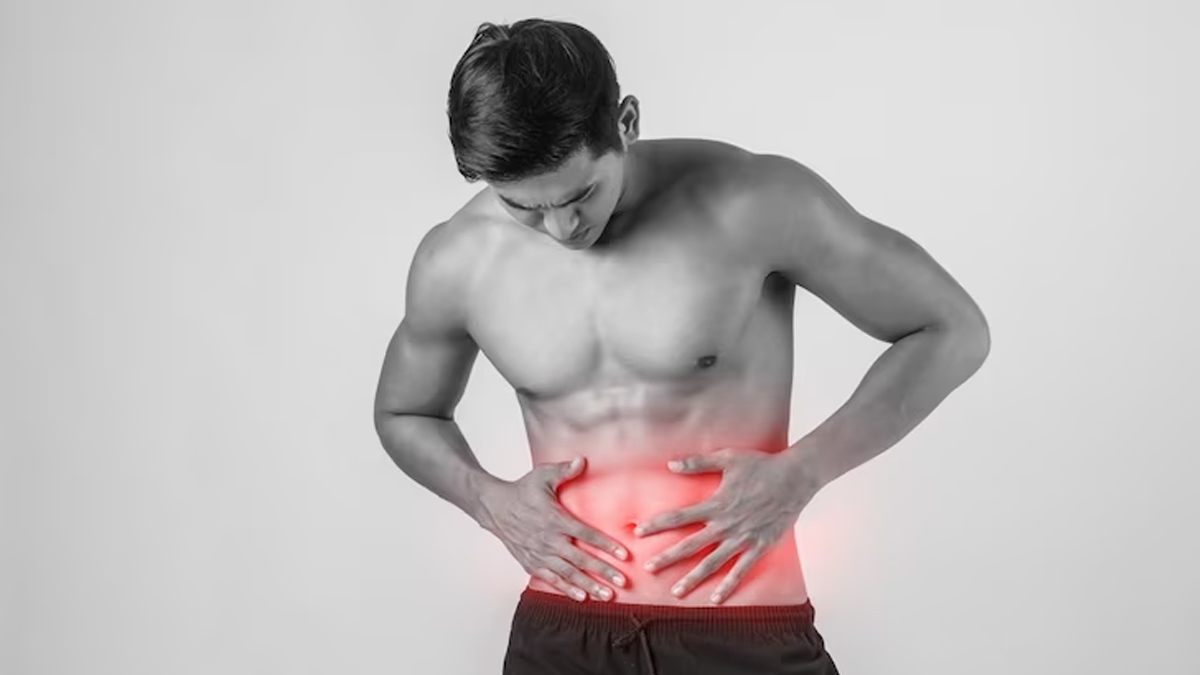
Kidney stones and gallstones are both common conditions that can cause severe pain and discomfort. Despite sharing similarities in terms of symptoms and location in the body, they are different conditions that occur in different organs and have different causes and treatments. According to a urologist and kidney transplant expert, Dr Nitin Shrivastava, a kidney stone usually causes pain in your sides, either on your left or right side. It depends on where the stone is located; for example, if the stone is in the kidney, pain will be felt on the sides and towards the back. A severe pricking sensation will be felt on your right or left side, towards the back. If the stone slides down into the pipe known as the ureter, the pain will begin to move down towards the front and into the groin area. Let's know how kidney stones are different from gallstones.
Table of Content:-
Difference Between Kidney And Gallstones
Kidney stones, also known as renal calculi, are hard deposits that form in the kidneys when substances like calcium, oxalate, and phosphorus accumulate and crystallise. These stones can vary in size, ranging from as small as a grain of sand to as large as a golf ball. Kidney stones typically form in the renal pelvis, which is the area of the kidney where urine collects before being passed to the bladder through the ureter.
As per Dr. K. N. Srivastava, Director and Head of Department, General And Minimal Access Surgery, BLK Hospital, Delhi, gallstones are hard deposits of bile chemicals that can become lodged inside the gallbladder and biliary ducts.
Gallstones are typically composed of cholesterol or bilirubin, which are substances found in bile, a fluid that helps in the digestion of fats. Gallstones can range in size from tiny particles to as large as a golf ball and can be either single or multiple in number.
Also read: How Do Kidney Stones Form? Know About Types, Symptoms and Prevention Tips
Causes
The causes of kidney stones and gallstones differ. Kidney stones are usually formed as a result of following risk factors:
- An imbalance of substances in the urine, such as calcium, oxalate and phosphorus.
- Dehydration
- A diet high in animal protein
Also, a family history of kidney stones, certain medical conditions like hyperparathyroidism, and certain medications such as diuretics can cause kidney stones.

On the other hand are primarily caused by an imbalance in the composition of bile, which can lead to the formation of solid deposits in the gallbladder.
Factors that cause gallstones are:
- Obesity
- Rapid weight loss
- High cholesterol and low fibre diet
- Sedentary lifestyle
Research published in the journal Gut and Liver demonstrated that the female gender has a strong link to gallstone disease, particularly during their reproductive years. And gallstones become four to 10 times more frequent in elderly people after the age of 40.
Also read: Want To Get Rid Of Kidney Stones Naturally? Here Are 6 Remedies For A Kidney Cleanse
Symptoms
Both kidney stones and gallstones can cause similar symptoms, but there are also differences. Common symptoms of kidney stones include:
- Severe pain in the back or lower abdomen
- Blood in the urine
- Frequent urination
- A burning sensation while urinating
- Cloudy or foul-smelling urine, and nausea and vomiting

The pain caused by kidney stones is often described as sharp, stabbing, or cramping and may come in waves. On the other hand gallstones can cause symptoms such as severe pain in the right upper abdomen, pain that radiates to the back or right shoulder, nausea, vomiting, bloating, indigestion, and intolerance to fatty foods. The pain caused by gallstones is typically described as steady and may last for several hours.
Diagnostic methods
To diagnose kidney stones and gallstones imaging tests such as X-rays, computed tomography (CT) scans, or ultrasound may be used to visualise the stones in the kidneys or along the urinary tract. Blood and urine tests may also be conducted to check for signs of infection or to determine the composition of the stones.
Also watch this video
How we keep this article up to date:
We work with experts and keep a close eye on the latest in health and wellness. Whenever there is a new research or helpful information, we update our articles with accurate and useful advice.
Current Version